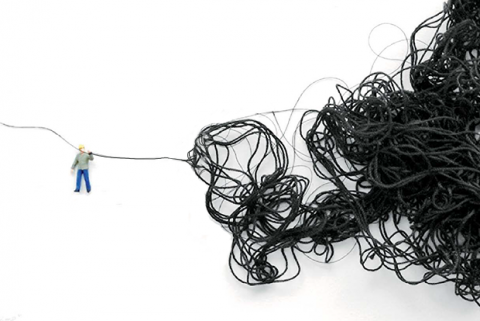If you’ve ever worked with a disorganized colleague or direct report, you know how frustrating it can be. A messy desk, seemingly chaotic calendar system, and overflowing email inbox can signal to co-workers that it’s only a matter of time before their disorganized peer drops the ball on something important. This creates stress and anxiety for everyone.
For managers, the first step is to determine whether an employee’s personal and professional style – no matter how disorganized – is actually a problem, says Rebecca Knight in this Harvard Business Review article. If it is, Knight goes on to offer six practical tips for helping employees understand the impact of their disorganization on others and on the company.
Using empathy and understanding, managers can work with employees to identify problematic habits and replace them with new organizational strategies. Read this article for helpful do’s and don’ts, as well as case studies that demonstrate Knight's tips in action.






